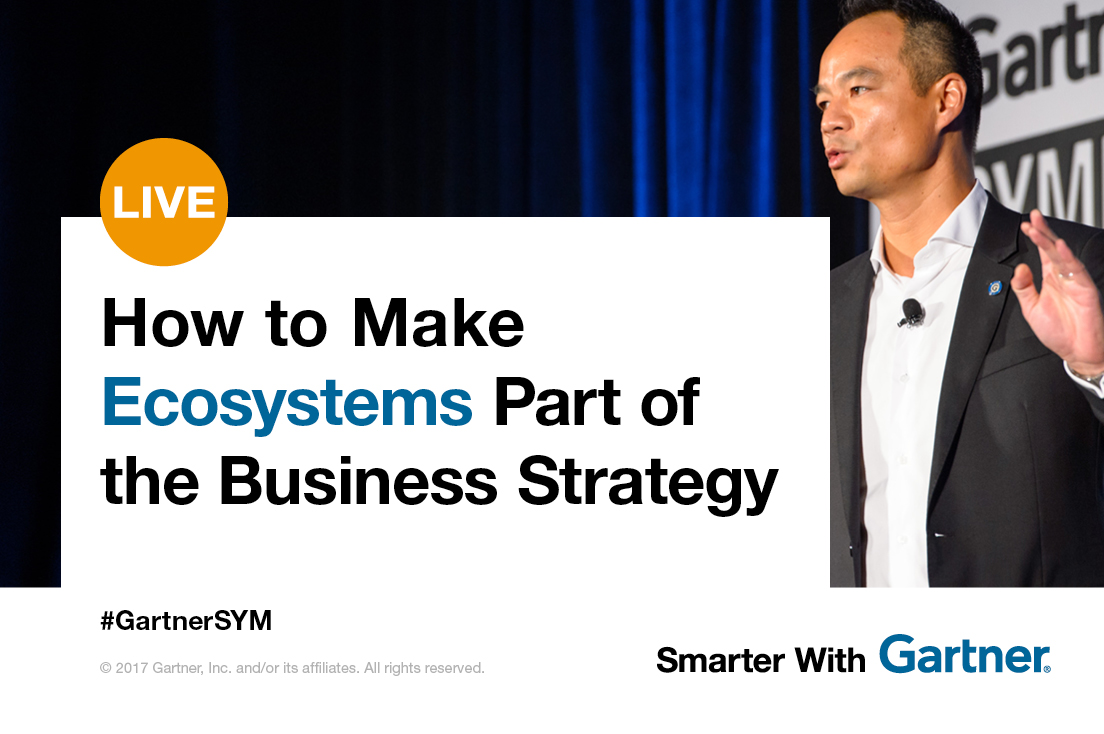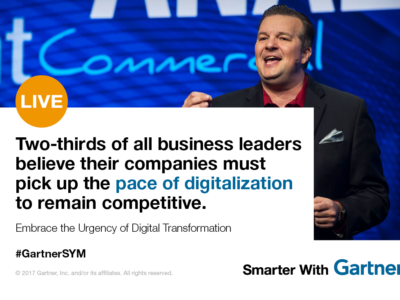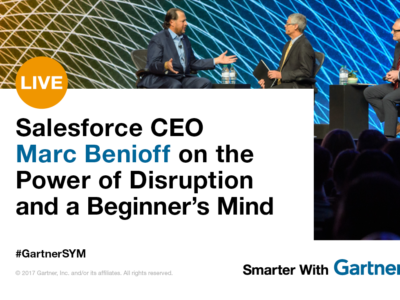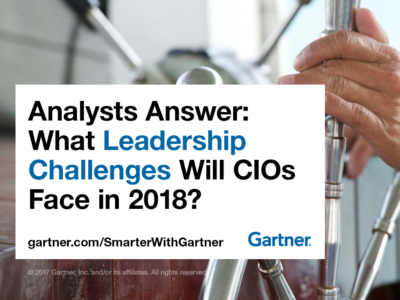Why today’s ecosystems are different (and better) than their predecessors.
 When a dispatcher for DBSchenker trucking in Europe needed a load of cargo picked up and delivered to a destination, she used to do it the old fashioned way. She ordered it with a message of that truck needs to pick up this load. Ever since the company rethought their entire business from an ecosystem perspective and created Drive4Schenker, their web-based freight brokerage platform. Now when a dispatcher wants a load of cargo picked up and delivered, she requests it.
When a dispatcher for DBSchenker trucking in Europe needed a load of cargo picked up and delivered to a destination, she used to do it the old fashioned way. She ordered it with a message of that truck needs to pick up this load. Ever since the company rethought their entire business from an ecosystem perspective and created Drive4Schenker, their web-based freight brokerage platform. Now when a dispatcher wants a load of cargo picked up and delivered, she requests it.
The difference between ordering a supplier to do something and influencing an ecosystem partner to take action based on an event such as a pickup request is what makes the ecosystems of today different and so powerful, said Hung LeHong, vice president and Gartner Fellow during the Gartner Symposium/ITxpo 2017 in Orlando, Florida.

How ecosystems have changed
Ecosystems are nothing new. Businesses have been linking and latching on to different supply chain models and new co-opetition structures for dozens, if not hundreds of years. What’s different today is how those business ecosystems are formed and the nature of the ecosystem itself:
Speed: Companies can now bring products to market in months vs. years based on ecosystem dynamics.
Competition: One competitive move can alter the dynamics of an entire industry, seemingly overnight.
Influence: Influence-based dating is replacing command-and-control dictatorships
Tradable Units: When anything can be digitized into a tradeable unit everything becomes an opportunity.
How enterprises can use ecosystems
The majority of organizations can make ecosystems part of their business strategy by first leveraging an existing ecosystem rather than building their own. Companies can use ecosystems to:
Access new sales channels
In some markets, building a direct sales channel is not an option and the easiest/ fastest/ best way to access that market is through partnering within an ecosystem structure. When Target wanted to enter the Chinese market, building a Chinese-specific website such as target.ch was not an option so the company had to execute Chinese sales through Alibaba’s Tmall payment system. When a citizen of Shanghai wants to pay for city services, instead of paying for each through its own portal, the resident accesses services through the WeChat platform.
Provide new capabilities and customer interactions
To offer a new capability, companies no longer need to build it themselves or buy it outright from a supplier as the conventional “build it or buy it” wisdom dictates. Now they can just borrow it from a partner. After spending years working to improve their in-car experience and services dashboard, Ford Motor Company quickly made the decision to partner with Alexa and in effect “borrow” all the services bundled within including reading a Kindle eBook, ordering products from Amazon.com and other voice-activated conveniences. As a nod to the competitive dynamics inherent in such a decision, BMW soon after began offering Alexa-based services in their vehicles.
Create new products and services
With so many innovative offerings offered by new market entrants, it can be radically faster to tap into an ecosystem partner’s expertise than develop new products in-house. When Scotia Bank wanted to build and offer a new loan product for small businesses it partnered with financial technology start-up Kabbage to launch a new product in less than a year as opposed to what would have been a years-long effort in-house.
“Identify new business capabilities and determine if using ecosystems is the best way to gain these new capabilities,” said LeHong.
Get Smarter
Client Research
Clients can read more in the full research Eight Dimensions of Business Ecosystems Enable the Digital Age.
Digital Disruption ebook
Disruption is everywhere. Learn how CIOs can stay ahead of challenges and use disruption as a tool for competitive advantage in the complimentary Digital Disruption ebook.
Gartner Symposium/ITxpo 2017
Learn more about CIO leadership and how to drive digital innovation to the core of your business at Gartner Symposium/ITxpo 2017. Follow news and updates from the events on Twitter using #GartnerSYM.










